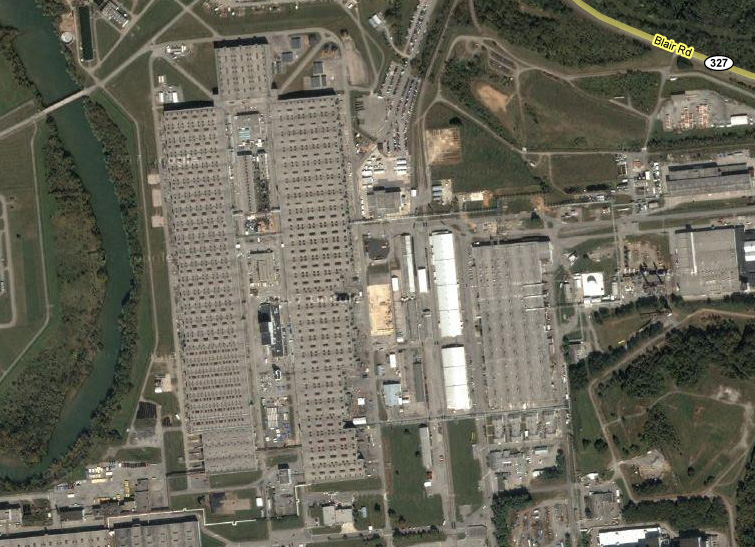Enriched uranium production is difficult to summarize since there were three different enrichment processes in use that had interconnected production. The Y-12 plant calutrons had reached maximum output early in 1945, but the amount of weapon-grade uranium this translates into varies depending on the enrichment of the feedstock. Initially this was natural uranium giving a production of weapon-grade uranium of some 6 kg/month. But soon the S-50 thermal diffusion plant began feeding 0.89% enriched uranium, followed by 1.1% enriched feed from the K-25 gaseous diffusion plant. The established production process was then: thermal diffusion (to 0.89%) -> gaseous diffusion (to 1.1%) -> alpha calutron (to 20%) -> beta calutron (up to 89%). Of these three plants, the K-25 plant had by far the greatest separation capacity and as it progressively came on line throughout 1945 the importance of the other plants decreased. When enough stages had been added (1500 converters)to K-25 to allow 20% enrichment, the alpha calutrons were slated to be shut down even if the war continued.
In early 1946, K-25 and K-27 were reconfigured to produce weapon grade uranium directly, but the extremely costly Y-12 beta tracks continued to operate until the end of 1946. By that time Y-12 had separated about 1000 kg of weapon grade uranium. From this point on gaseous diffusion enriched uranium was the mainstay of weapon grade fissile material production in the US, dwarfing plutonium production, until highly enriched uranium production for weapons use was halted here in 1964.
 |
An aerial view of K-25. This huge structure was a half mile long and a quarter mile wide, Some of the photos above, show it in the process of being decontaminated, and partially dismantled. |
| This is the shell, of one of the thousands of separation units in the facility. It now stands outside of the museum. Below is the early mechanism, used to prove the concept. | |
| Back to K-25 | Forward to Tours |